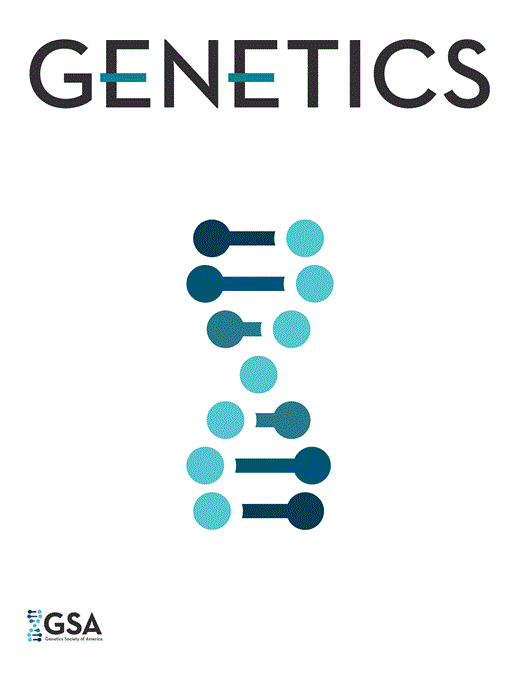-
PDF
- Split View
-
Views
-
Cite
Cite
J R Peck, A ruby in the rubbish: beneficial mutations, deleterious mutations and the evolution of sex., Genetics, Volume 137, Issue 2, 1 June 1994, Pages 597–606, https://doi.org/10.1093/genetics/137.2.597
Close - Share Icon Share
Abstract
This study presents a mathematical model in which a single beneficial mutation arises in a very large population that is subject to frequent deleterious mutations. The results suggest that, if the population is sexual, then the deleterious mutations will have little effect on the ultimate fate of the beneficial mutation. However, if most offspring are produced asexually, then the probability that the beneficial mutation will be lost from the population may be greatly enhanced by the deleterious mutations. Thus, sexual populations may adapt much more quickly than populations where most reproduction is asexual. Some of the results were produced using computer simulation methods, and a technique was developed that allows treatment of arbitrarily large numbers of individuals in a reasonable amount of computer time. This technique may be of prove useful for the analysis of a wide variety of models, though there are some constraints on its applicability. For example, the technique requires that reproduction can be described by Poisson processes.



